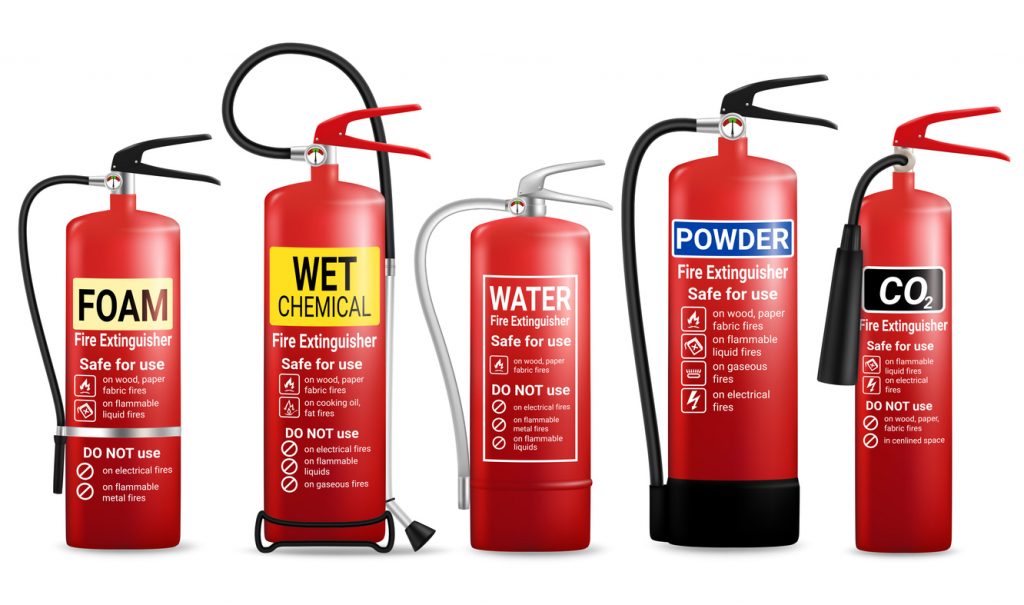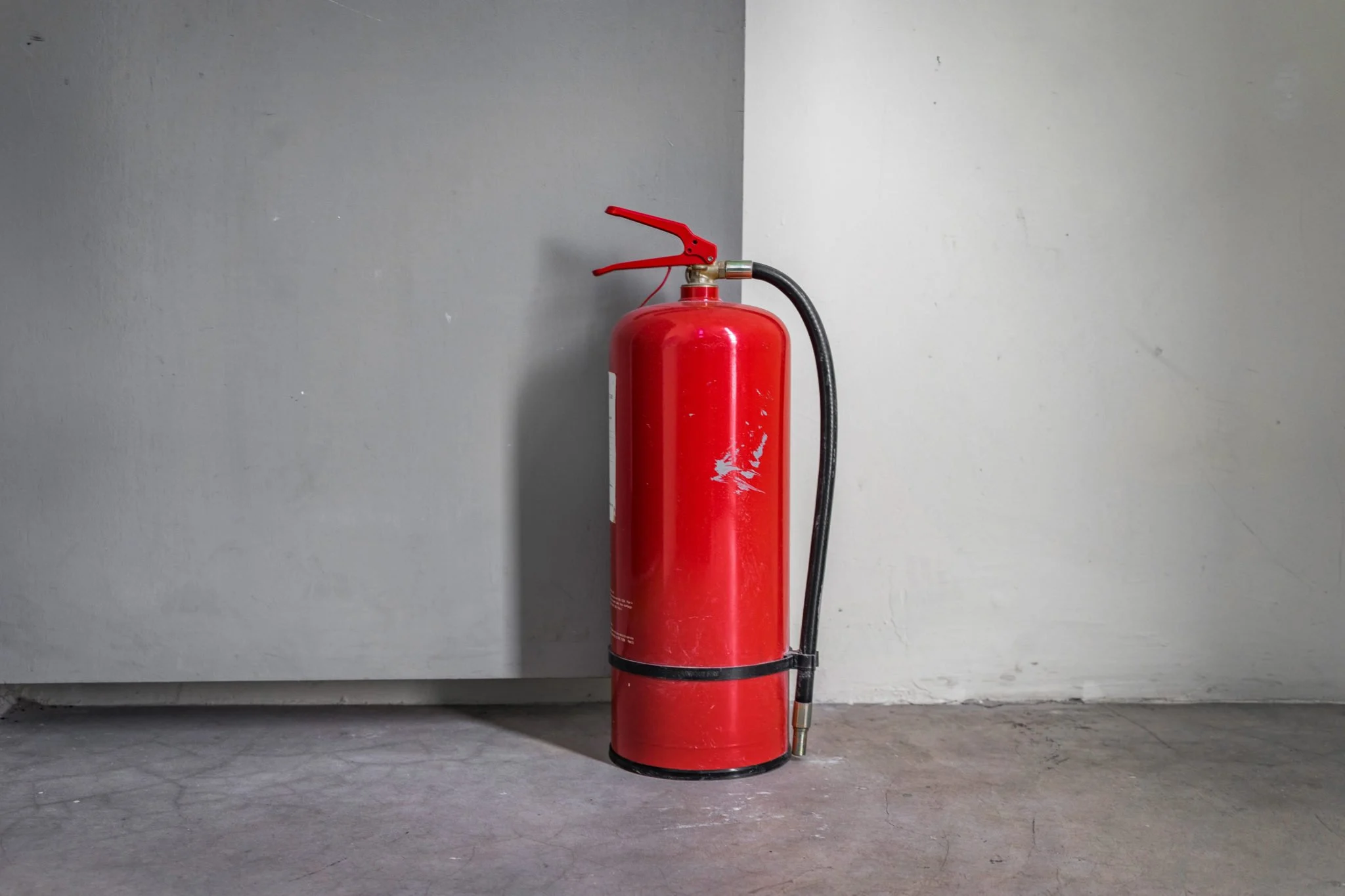Fire extinguishers are essential safety tools for protecting lives and property in the event of a fire. Understanding the different types of fire extinguishers and their uses is crucial for effective fire safety. In this detailed blog post, Blaze Fire Protection, a leading fire protection company in Los Angeles, explores the various fire extinguisher types and their specific applications to help you make informed decisions for your fire safety needs.
Why Fire Extinguisher Knowledge Matters
Knowing the right type of fire extinguisher for different fire scenarios can make a significant difference in an emergency. Each type is designed to combat specific classes of fires, and using the wrong type can be ineffective or even dangerous.

Fire Extinguisher Classes and Types
1. Class A Fire Extinguishers: Class A extinguishers are designed for fires involving ordinary combustibles such as wood, paper, cloth, and plastics. They work by cooling the fire with water or extinguishing it with foam.
- Uses: Offices, schools, homes, and general commercial buildings.
- Types: Water, foam, and multi-purpose dry chemical extinguishers.
2. Class B Fire Extinguishers: Class B extinguishers are used for fires involving flammable liquids like gasoline, oil, grease, and solvents. These extinguishers smother the fire by cutting off its oxygen supply or interrupting the chemical reaction.
- Uses: Kitchens, garages, workshops, and industrial facilities.
- Types: CO2, dry chemical, and foam extinguishers.
3. Class C Fire Extinguishers: Class C extinguishers are designed for electrical fires involving energized electrical equipment such as wiring, circuit breakers, machinery, and appliances. They use non-conductive agents to extinguish the fire without the risk of electrical shock.
- Uses: Offices, server rooms, electrical installations, and homes.
- Types: CO2 and dry chemical extinguishers.
4. Class D Fire Extinguishers: Class D extinguishers are used for fires involving combustible metals such as magnesium, titanium, potassium, and sodium. These fires require a special extinguishing agent that separates the fuel from the oxygen and cools the material.
- Uses: Laboratories, factories, and metal workshops.
- Types: Dry powder extinguishers specifically designed for metal fires.
5. Class K Fire Extinguishers: Class K extinguishers are specifically designed for fires involving cooking oils and fats. These extinguishers work by saponification, which turns the burning oils into soap, effectively smothering the fire and cooling it down.
- Uses: Commercial kitchens, restaurants, and cafeterias.
- Types: Wet chemical extinguishers.

Importance of Choosing the Right Fire Extinguisher
Selecting the appropriate fire extinguisher for each area of your business is crucial for effective fire response. Using the wrong type of extinguisher can result in ineffective fire suppression or even exacerbate the situation.
Fire Extinguisher Placement and Maintenance
1. Strategic Placement: Place fire extinguishers in accessible locations throughout your facility. Ensure they are easily visible and within reach in case of an emergency.
2. Regular Maintenance: Regular inspections and maintenance are essential to ensure that fire extinguishers are in working order. This includes checking pressure levels, inspecting for damage, and replacing or recharging extinguishers as needed.
Conclusion
Understanding the different types of fire extinguishers and their uses is vital for effective fire safety. Blaze Fire Protection is dedicated to helping you select and maintain the right fire extinguishers for your business, ensuring maximum protection and compliance with safety standards.
Equip Your Business with the Right Fire Extinguishers!
Ensure your business is protected with the right fire extinguishers. Contact Blaze Fire Protection today for expert advice, sales, and maintenance services!





